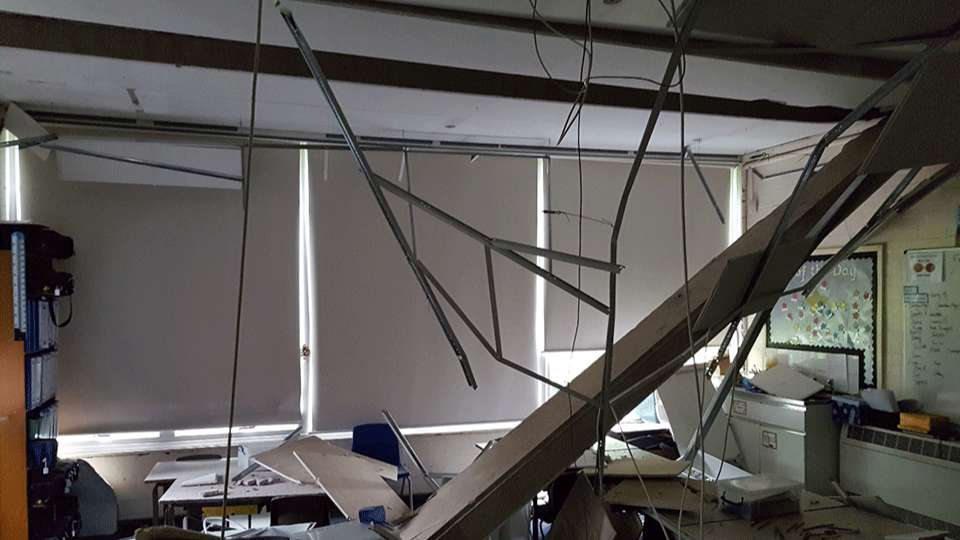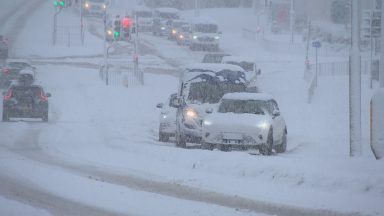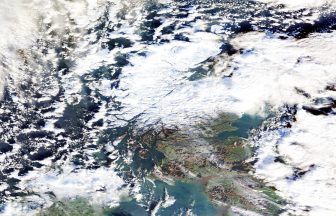More than 150 schools and colleges are thought to have been built with a lightweight concrete called RAAC, which comes with risks including ceiling collapses.
On Thursday, the UK Government ordered some schools to close because the weak concrete makes up part of their buildings.
What is RAAC, will children be safe in the buildings made from it, and what is going to happen to the hundreds of pupils impacted by the closures? ITV News explains.
What is RAAC?
Reinforced Autoclaved Aerated Concrete (RAAC) is a lightweight form of concrete.
The way that RAAC is created makes it weaker than the normal building material.
There is no coarse aggregate – for example gravel and crushed stones – in RAAC, this is what gives concrete its strength.
Instead fine aggregate – such as sand and stone particles – is combined with chemicals to create gas bubbles, and heat to cure the compound.
This makes it relatively weak.
In some schools roofs are constructed using RAAC planks, which are long slim blocks of the material.
Professor Chris Goodier, a leading expert on RAAC at Lougborough University, previously explained the difference between RAAC and modern concrete to ITV News’ Daniel Hewitt
Why is RAAC causing concern? In 2018, the roof of a school in Kent, which was made from RAAC, collapsed “with little or no warning,” according to the Local Government Association.
Since then a number of incidents involving schools built with the material have occurred.
On Thursday, two schools in West Yorkshire were partially closed on the eve of the new term.
Bradford Council had carried out detailed surveys at 45 schools to determine whether RAAC had been used in their construction.
Across England a total of 154 schools are understood to have RAAC inside their buildings. To date 50 of these have put mitigations in place.
Why was RAAC used in schools if it’s so dangerous?
RAAC was used in schools, colleges and other building construction from the 1950s until the mid-1990s, the Standing Committee on Structural Safety (SCOSS) has said.
This means it could be found in any school and college building (educational and ancillary) that was either built or modified in this time.
It has not been used since, and now the government it is “less confident” that buildings containing RAAC should stay open.
On its website the Department for Education said: “As a result, we’re changing our approach and advising education settings to close any spaces or buildings that are known to contain RAAC to allow them to put mitigations in place.
“This is a precautionary step, but the safety of young people and staff is always our priority. “
ITV News’ Investigations Correspondent Dan Hewitt reports from a Sheffield primary school that has 60-year-old roof deemed at risk of collapse
What will happen to schools?
As the impact of RAAC is varied, not every school will be impacted in the same way.
In some cases schools could be temporarily closed or one part of the school will shut, such as a single classroom.
In most cases, children will be able to continue attending school as normal.
Schools and other education settings will let parents know directly if there is any change to the start of term.
Most schools will be unaffected, and children should attend school as normal in September, unless.
Follow STV News on WhatsApp
Scan the QR code on your mobile device for all the latest news from around the country































